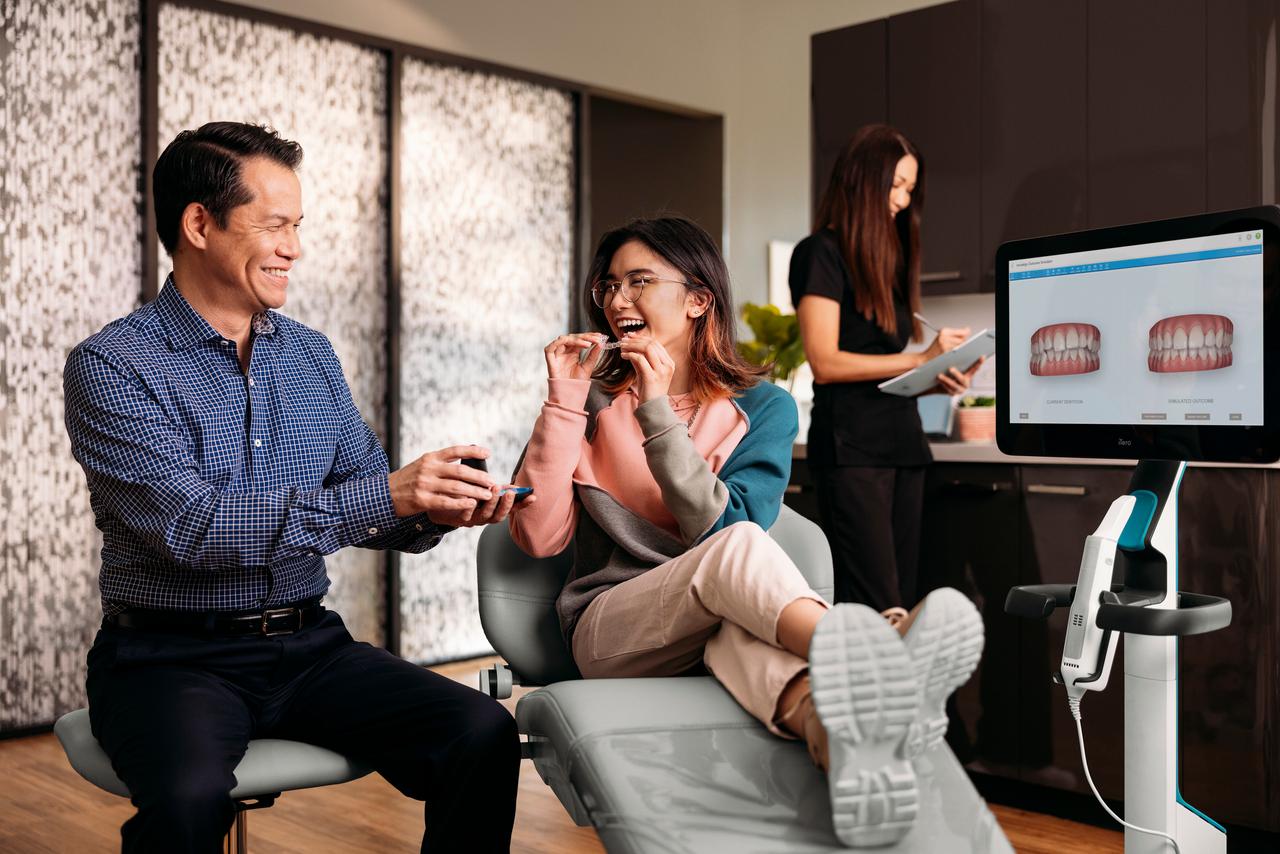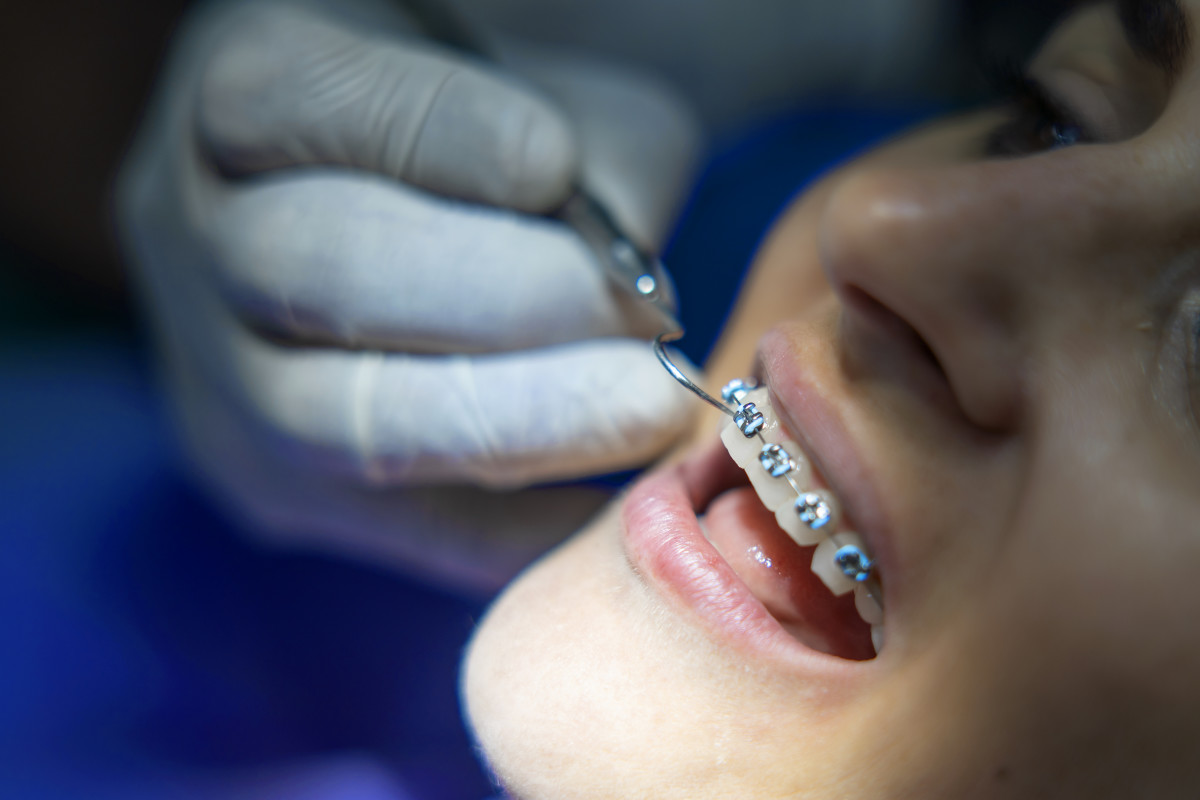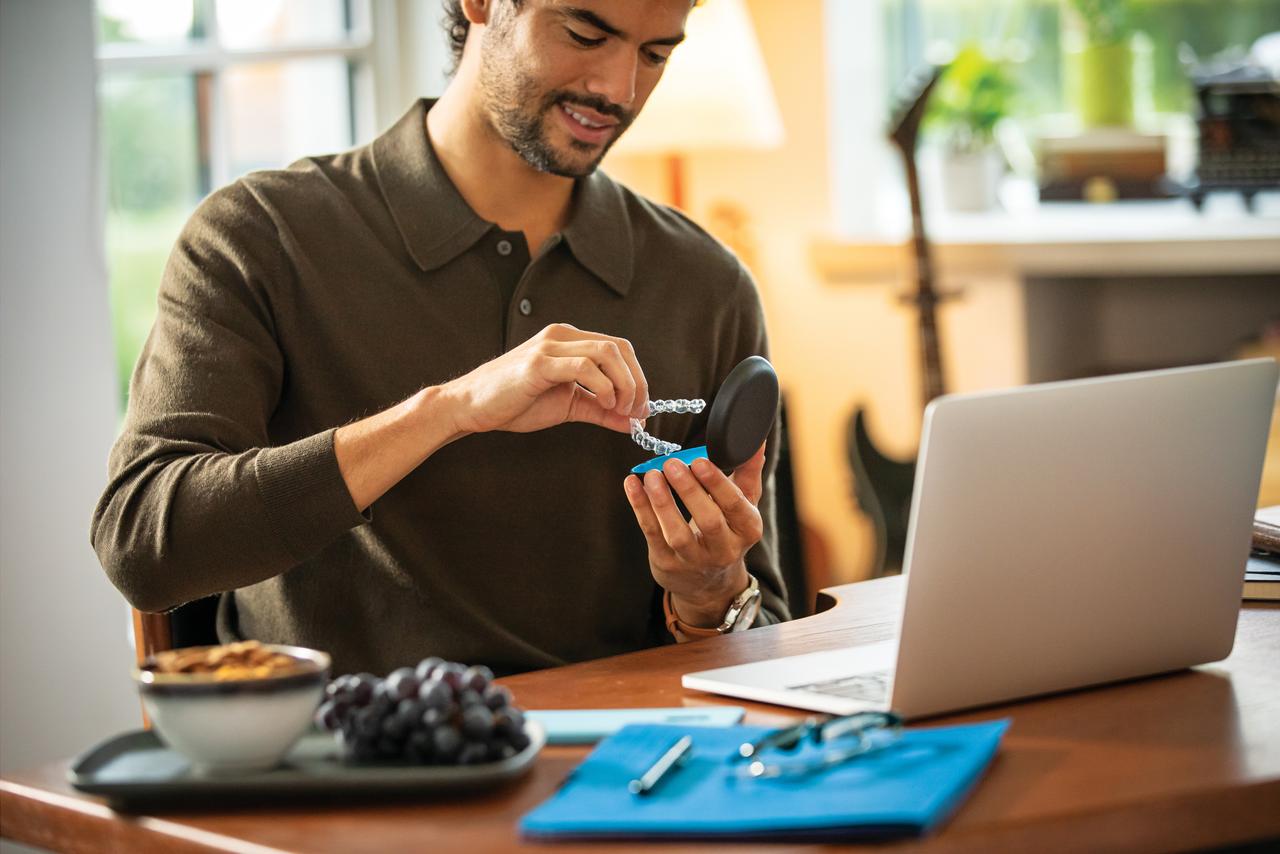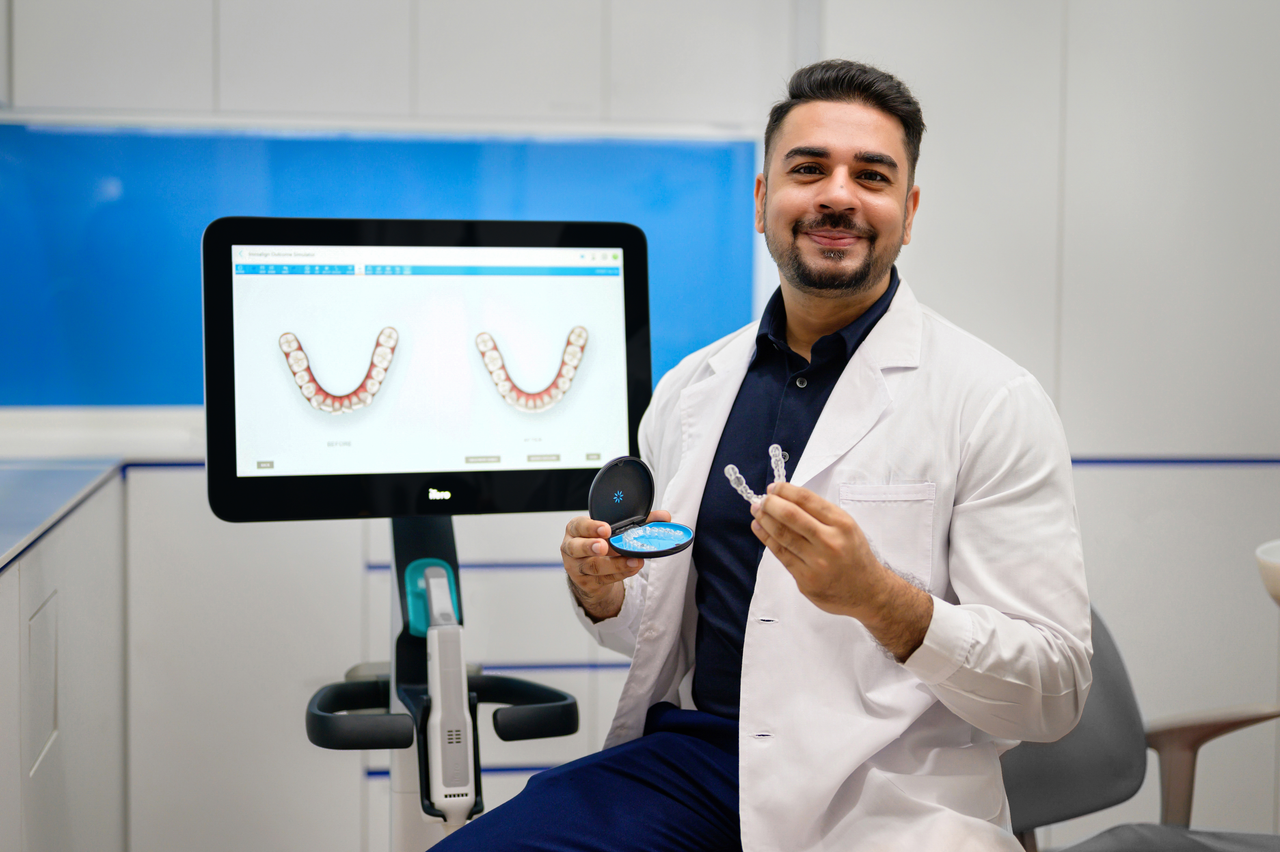1 In a study by Miller et al, with adults measuring pain in the first week of treatment. Kevin Miller et al. “A comparison of treatment impacts between Invisalign aligner and fixed appliance therapy during the first week of treatment.” American Journal of Orthodontics and Dentofacial Orthopedics. Volume 131, Issue 3, pp. 302. e1-302.e9, March 2007.
2 Nedwed, V., & Miethke, R.-R. (2005). Motivation, acceptance and problems of Invisalign patients. Journal of Orofacial Orthopedics / Fortschritte Der Kieferorthop Die, 66(2), 162–173. https://doi.org/10.1007/s00056-005-0429-0. Kevin Miller et al. “A comparison of treatment impacts between Invisalign aligner and fixed appliance therapy during the first week of treatment.” American Journal of Orthodontics and Dentofacial Orthopedics. Volume 131, Issue 3, pp. 302. e1-302.e9, March 2007.
3 White, D. W., Julien, K. C., Jacob, H., Campbell, P. M., & Buschang, P. H. (2017). Discomfort associated with Invisalign and traditional brackets: A randomized, prospective trial. The Angle Orthodontist, 87(6), 801–808. https://doi.org/10.2319/091416-687.1
4 Compared to Invisalign aligners previously made from single layer Ex30 material.
5 In a study by Miller et al, with adults measuring pain in the first week of treatment. Kevin Miller et al. “A comparison of treatment impacts between Invisalign aligner and fixed appliance therapy during the first week of treatment.” American Journal of Orthodontics and Dentofacial Orthopedics. Volume 131, Issue 3, pp. 302. e1-302.e9, March 2007.
6 White, D. W., Julien, K. C., Jacob, H., Campbell, P. M., & Buschang, P. H. (2017). Discomfort associated with Invisalign and traditional brackets: A randomized, prospective trial. The Angle Orthodontist, 87(6), 801–808. https://doi.org/10.2319/091416-687.1
7 https://www.aaoinfo.org/wp-content/uploads/2020/03/AAO_HandlingOrthoIssuesAtHome_2020.pdf
8 https://www3.aaoinfo.org/blog/parent-s-guide-post/life-during-orthodontic-treatment/
9 Nedwed, V., & Miethke, R.-R. (2005). Motivation, acceptance and problems of Invisalign patients. Journal of Orofacial Orthopedics / Fortschritte Der Kieferorthop Die, 66(2), 162–173. https://doi.org/10.1007/s00056-005-0429-0
10 Nedwed, V., & Miethke, R.-R. (2005). Motivation, acceptance and problems of Invisalign patients. Journal of Orofacial Orthopedics / Fortschritte Der Kieferorthop Die, 66(2), 162–173. https://doi.org/10.1007/s00056-005-0429-0
11 Nedwed, V., & Miethke, R.-R. (2005). Motivation, acceptance and problems of Invisalign patients. Journal of Orofacial Orthopedics / Fortschritte Der Kieferorthop Die, 66(2), 162–173. https://doi.org/10.1007/s00056-005-0429-0
12 Nedwed, V., & Miethke, R.-R. (2005). Motivation, acceptance and problems of Invisalign patients. Journal of Orofacial Orthopedics / Fortschritte Der Kieferorthop Die, 66(2), 162–173. https://doi.org/10.1007/s00056-005-0429-0
13 Nedwed, V., & Miethke, R.-R. (2005). Motivation, acceptance and problems of Invisalign patients. Journal of Orofacial Orthopedics / Fortschritte Der Kieferorthop Die, 66(2), 162–173. https://doi.org/10.1007/s00056-005-0429-0
14 Nedwed, V., & Miethke, R.-R. (2005). Motivation, acceptance and problems of Invisalign patients. Journal of Orofacial Orthopedics / Fortschritte Der Kieferorthop Die, 66(2), 162–173. https://doi.org/10.1007/s00056-005-0429-0
15 In a study by Miller et al, with adults measuring pain in the first week of treatment. Kevin Miller et al. “A comparison of treatment impacts between Invisalign aligner and fixed appliance therapy during the first week of treatment.” American Journal of Orthodontics and Dentofacial Orthopedics. Volume 131, Issue 3, pp. 302. e1-302.e9, March 2007.










